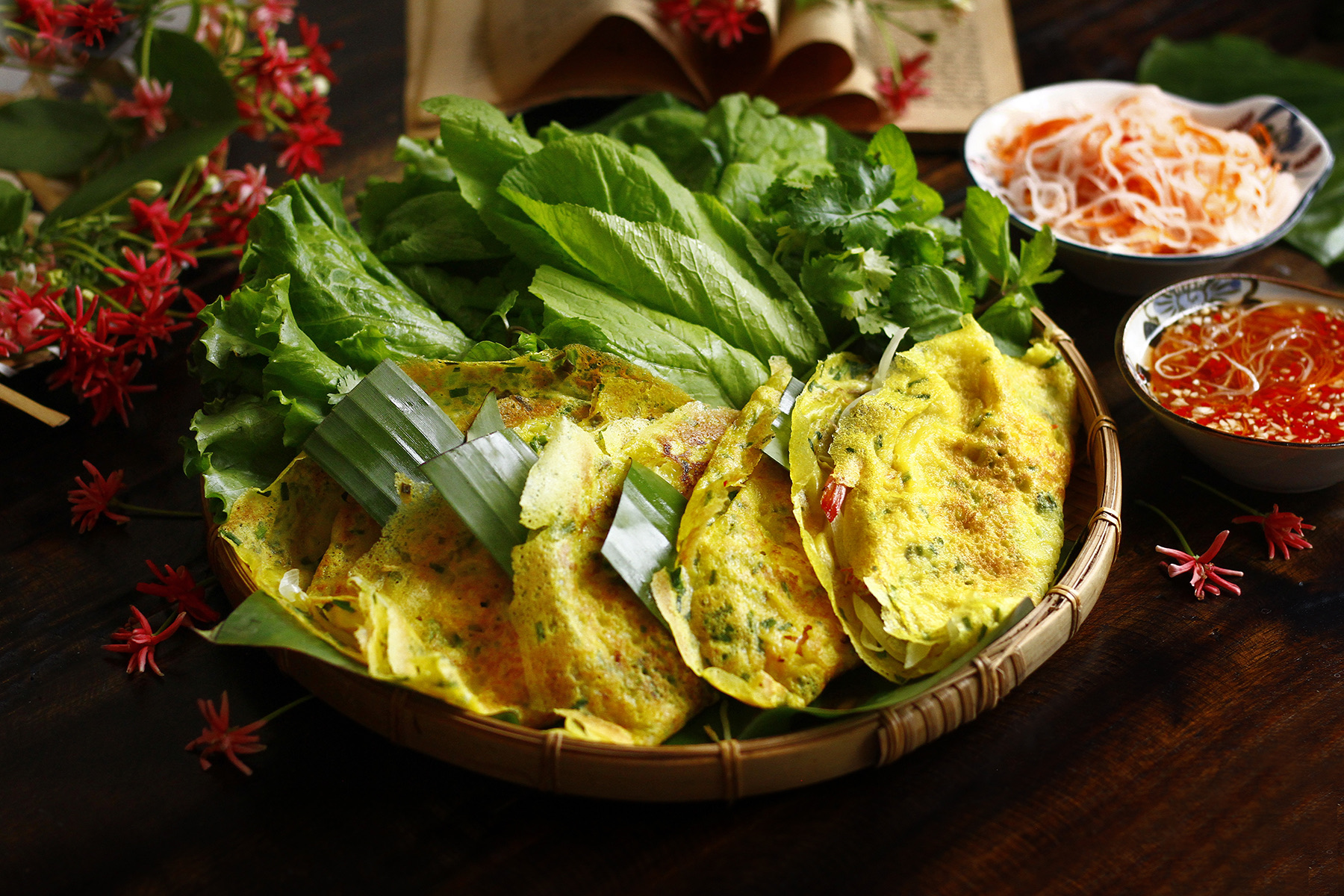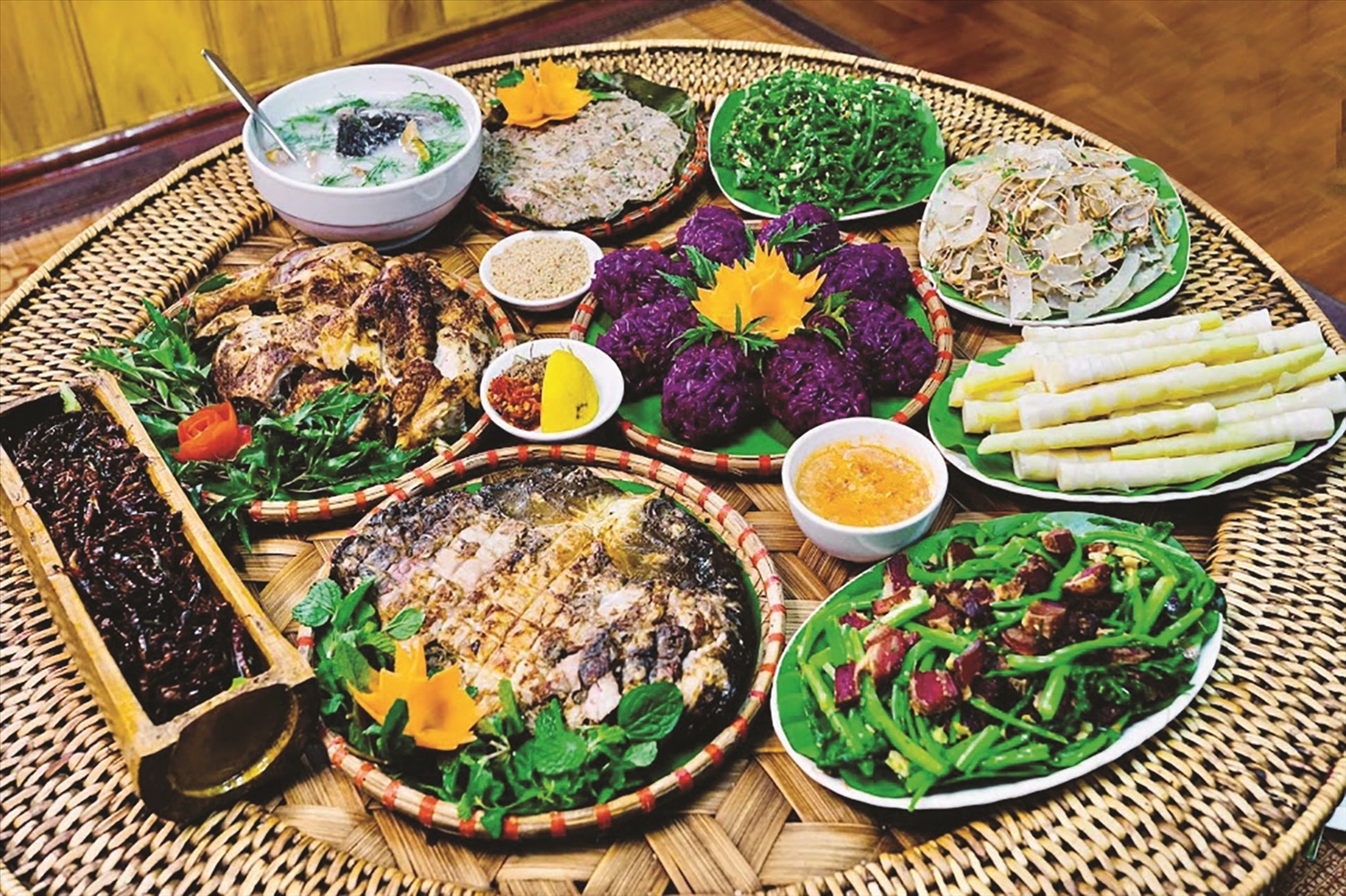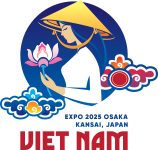The Regional Variations: A Culinary Journey from North to South

Viet Nam’s diverse geography and history have led to distinct regional variations in its cuisine:

Northern Cuisine: Influenced by its proximity to China and a cooler climate, Northern Vietnamese cuisine tends to be more subtle and less spicy than its southern counterpart. It often features dishes like Pho (noodle soup), Bun Cha (grilled pork with noodles), and Cha Ca La Vong (grilled fish with dill and turmeric). The use of black pepper is more prominent, and sweetness is generally less pronounced.

Central Cuisine: The cuisine of Central Viet Nam, particularly around the former imperial city of Hue, is known for its sophistication and complexity, often reflecting its royal heritage. Dishes from this region can be spicier and more intricate, with a greater emphasis on presentation. Notable dishes include Bun Bo Hue (spicy beef noodle soup), Com Hen (rice with mussels), and various types of small, elegant cakes and snacks.

Southern Cuisine: Southern Vietnamese cuisine is characterized by its boldness and sweetness, influenced by the tropical climate and the abundance of fresh produce and seafood from the Mekong Delta. Sugar is used more liberally, and coconut milk is a common ingredient. Dishes like Banh Xeo (crispy savory pancake), Bun Thit Nuong (grilled pork with noodles), and a variety of fresh seafood dishes are popular.

Highland Cuisine: The mountainous regions of Viet Nam have their own unique culinary traditions, often featuring grilled meats, wild vegetables, and dishes influenced by the local ethnic minority communities. Ingredients like bamboo shoots, bitter greens, and fermented sauces are common.
These regional variations showcase the adaptability and creativity of Vietnamese cuisine, with each area developing its own distinct flavors and specialties based on local ingredients and historical influences. Exploring regional food is a culinary journey in itself.


